In Paria Canyon, you are thrown into a world apart. From high cliffs to narrowing walls to wide amphitheaters, you’re surrounded by fabulously sculpted red sandstone so different from scenery most of us are accustomed to. Willow, rabbit brush and sage fill the rarified open spaces. Tiny lizards walk the walls. And petroglyphs thousands of years old hint at ancient travelers. This rock art incised is on walls 500–1,000 feet high, the same walls that divide you from the sky and the horizon. The sense of awe is best to drink in slowly, one time-altered step at a time.
If you haven’t been backpack canyoneering, you couldn’t ask for a better introduction. Besides getting wet and muddy, the hiking is nontechnical unless you go by the Buckskin Gulch approach, where a fixed line is used to descend about 12 feet over a boulder. Most hikers take 3–7 days to hike the 38–47 miles. Since this is a wilderness area, all wilderness ethics must be met, such as packing out all trash including human waste.
Here’s how you plan your trip and get there:
Purchase a permit from the Bureau of Land Management (BLM) for $5 per person, per day. The permits should be obtained ahead of time, as overnight users of the canyon are limited to 20 per day. There are no limits for day hiking. See the BLM website for availability and further details.
When getting a permit, you will be asked at which trailhead you will begin and where you will camp. Be sure to research which trailhead best fits your interests and trip. There are four trailheads for Paria Canyon. Wire Pass, Buckskin Gulch and White House are on the upper end of the canyon. Down canyon, there’s Lee’s Ferry. This is where you will finish your hike, unless you hike from Lee’s Ferry and go up canyon to one of the other three trailheads. Most backpackers hike in the other direction. The Lee’s Ferry trailhead is also where rafters put in for the Grand Canyon, so getting there by car is easy.
The rough road to some of the other trailheads is avoided since you can take a shuttle from Lee’s Ferry to one of the upper trailheads. The BLM website has a list of authorized shuttle providers. Make sure you schedule a pickup ahead of time. Their list is here.
I flew into Las Vegas, Nevada where I rented a car. I found this to be the cheapest option. Other nearby cities work as well. Of course, driving from home is always an option if your time allows for it.
Now that you have arrived at the canyon, be sure to enjoy your time between camps. Since this is a canyon, you are primarily limited to wandering up or down canyon. Also remember that the river which runs through the canyon is also your trail. While unique, it adds to the challenges. Among them: slippery rocks, mud, wet gear, quicksand, slow progress and more. To mitigate these challenges, be sure to take lots of extra socks and/or neoprene wet socks, dry bags to keep your gear dry, and a compressible bucket for settling out your water to filter for drinking. There are springs as well, but you can’t always get to them. Besides all of this, don’t forget to immerse yourself in the spectacular scenery. I found that by being limited to a canyon, I paid more attention to what was at my feet and because of that, I have countless fond memories of this adventure. I know you will, too!
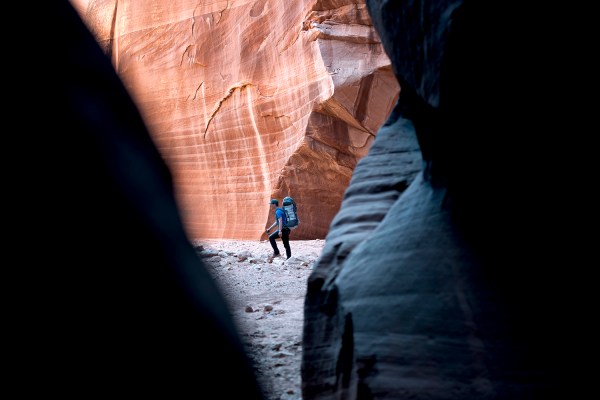
Backpacking in Buckskin Gulch which enters Paria Canyon and is considered the longest slot canyon in the world.
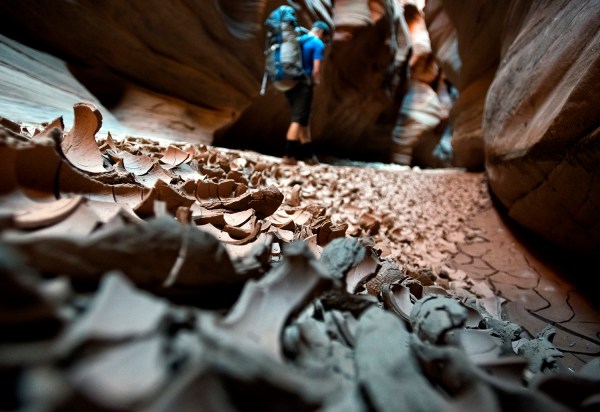
Cracked mud and a hiker passing by.
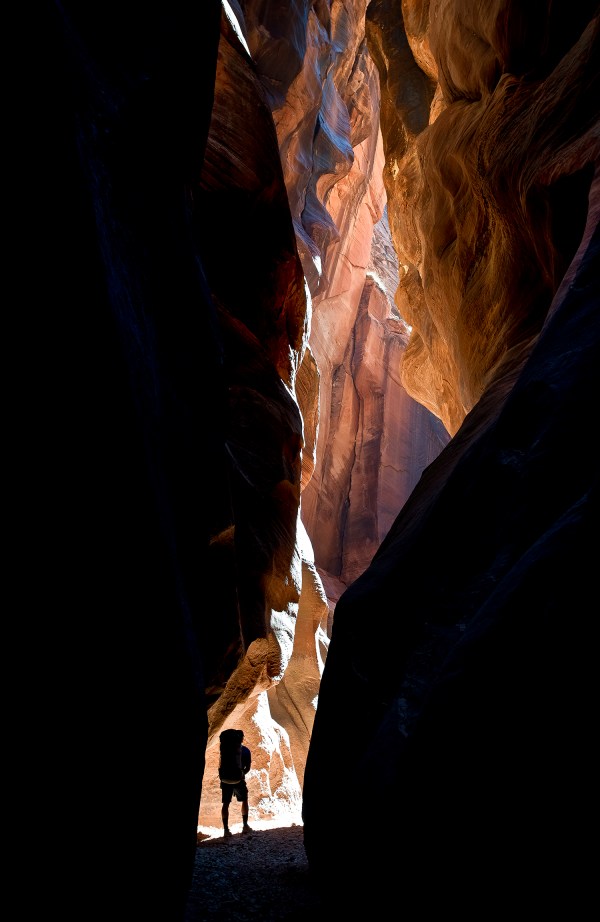
Backpacking through Buckskin Gulch.
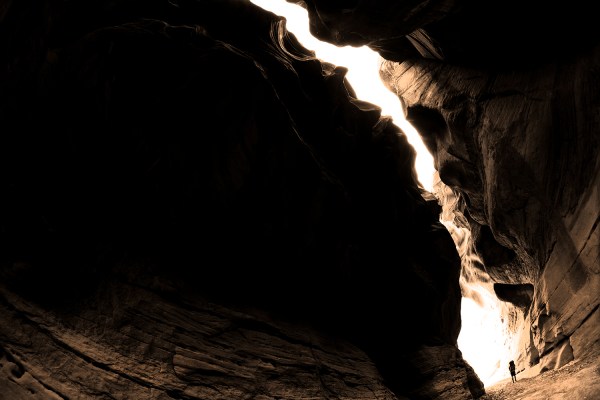
Deep in Paria Canyon.
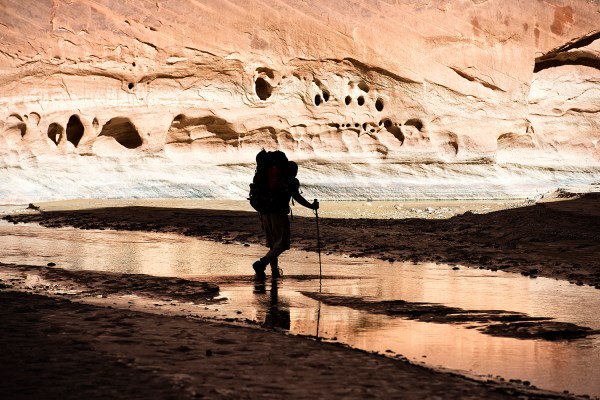
Crossing the Paria River in the early morning light.
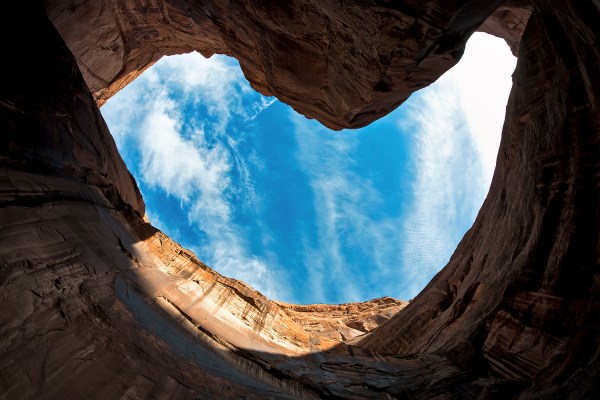
Looking directly up out of the canyon into the blue sky.
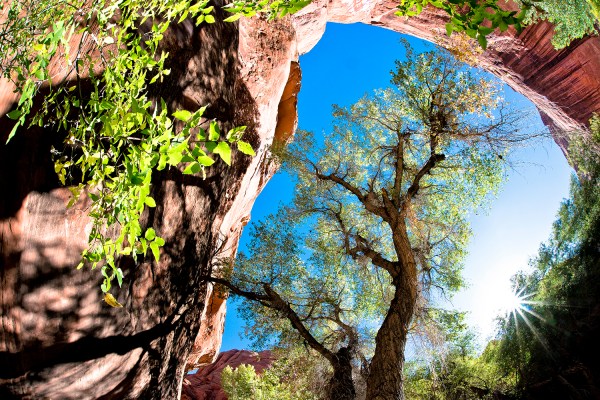
Cottonwood tree and sunburst.

Backpacking in Paria Canyon and the sights along the way.
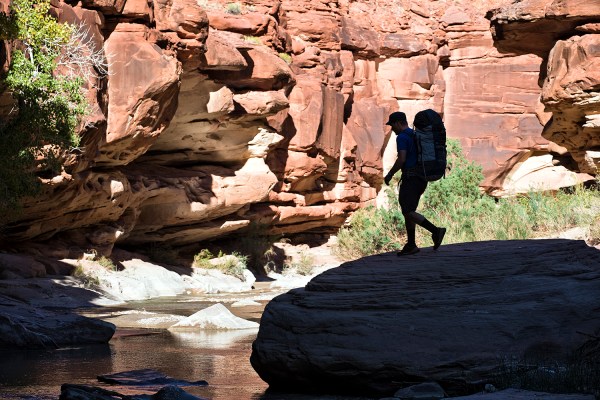
Overlooking Paria River from a boulder.
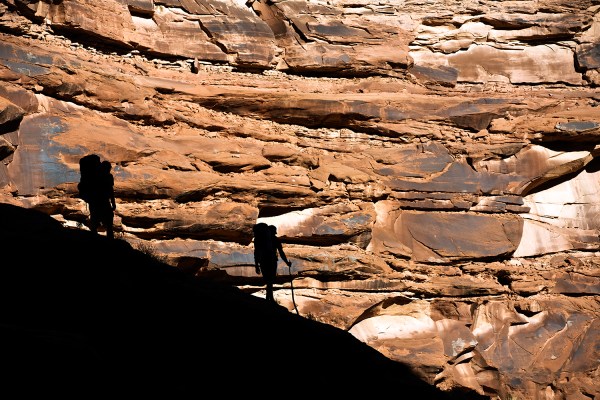
Jason Hummel and Kurt Kummel hiking above Paria River in the early morning.
